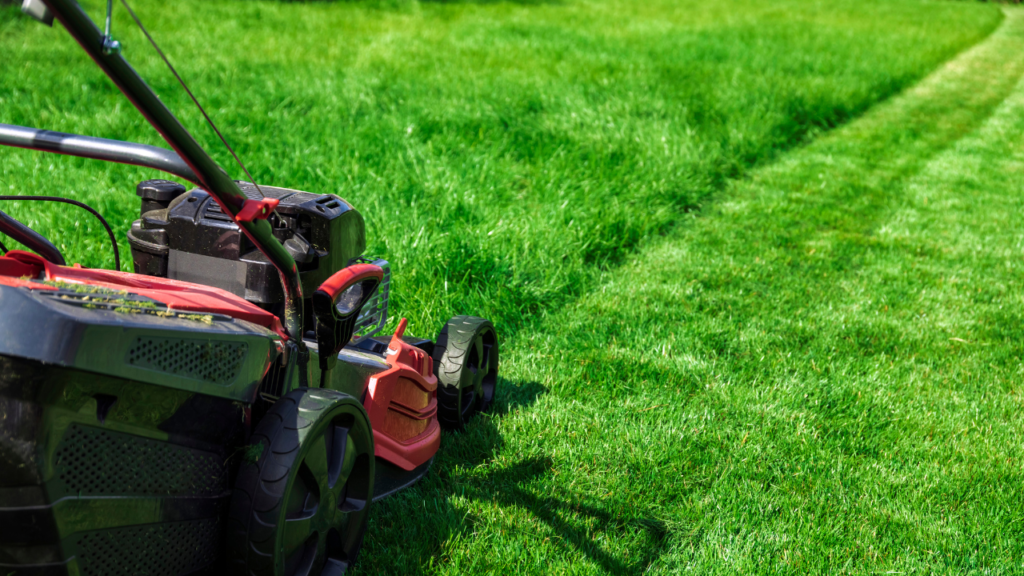Lawn Mowing Mistakes to Avoid for a Healthy Lawn
Maintaining a lush, green lawn
requires more than just regular mowing. Even small mistakes in your mowing
routine can lead to a patchy, unhealthy yard. Avoiding common errors ensures
that your grass stays strong, vibrant, and resistant to weeds and diseases.
Here are the top lawn mowing mistakes to watch out for and how to avoid them.
Mowing Too Short (Scalping the
Lawn)
One of the most common mistakes
homeowners make is cutting their grass too short. Known as scalping, this
practice weakens the grass by reducing its ability to photosynthesize, making
it more susceptible to stress, weeds, and diseases. Short grass also exposes
the soil to more sunlight, encouraging weed growth. To avoid scalping, follow
the "one-third rule"—never cut more than one-third of the grass
blade’s height at a time. Most lawns thrive at a height of 2.5 to 4 inches,
depending on the grass type, so adjust your mower accordingly.

Using Dull Mower Blades
Mowing with dull blades tears the
grass rather than cutting it cleanly. This leaves jagged edges that turn brown
and create entry points for pests and diseases. Unfortunately, many homeowners
neglect to sharpen their mower blades regularly, leading to poor results and
unhealthy grass. To prevent this issue, sharpen your blades at least once per
weekly lawn service
season
or after 20-25 hours of use. Keeping the blades sharp not only improves the
lawn’s appearance but also reduces stress on the mower, enhancing its
efficiency.
Mowing Wet Grass
Mowing wet grass might seem like
a good idea when you’re pressed for time, but it can do more harm than good.
Wet grass clumps together, leading to uneven cuts and clogging the mower deck.
The weight of the mower can also compact the soil, damaging the grass roots.
Additionally, wet grass is more prone to fungal infections. Always wait for the
grass to dry before mowing. If morning dew or recent rain is an issue, aim to
mow in the late morning or early afternoon when the lawn has had time to dry.
Ignoring Mowing Patterns
Mowing the lawn in the same
direction every time can lead to soil compaction and uneven grass growth. Grass
tends to lean in the direction it’s mowed, which can create a lopsided
appearance over time. To avoid this mistake, change your mowing pattern
regularly. Alternate between vertical, horizontal, and diagonal rows with each
mow. This encourages the grass to grow upright and evenly, while also
preventing ruts from forming in the soil.
Inconsistent Mowing Schedule
Inconsistent mowing is another
mistake that can harm your lawn. Allowing the grass to grow too tall before
mowing results in cutting off too much at once, which stresses the grass and
leaves unsightly clumps of clippings. On the other hand, mowing too frequently
can weaken the grass and reduce its ability to thrive. Stick to a regular
schedule based on your grass type and its growth rate—typically once a week
during peak growing seasons. Monitoring your lawn’s growth helps you adjust the
frequency as needed.